The featured image shows a Zeiss Ikonta family gathering. Left to right: Super Ikonta 530/16, Super Ikonta 530/15, Moscow 4 (the dodgy East European cousin), and a baby, the Ikonta 520.
My 1937 Zeiss Super Ikonta 530/16 has I think the best combination of performance and build quality of any film camera I own and with it’s Compur Rapid shutter is a very useable tool even handheld. As Bob Janes notes in his review of a slightly later model the Zeiss Super Ikontas came in a range of output sizes for 120 film, my 530/16 6X6cm being known as a ‘B’ model, but I do find the square format a bit trying at times so I have been looking for a 6X9cm ‘C’ model hoping to find it a better made and less awkward camera to use than my Moscow 4 (the 1950’s Soviet copy), even though hand holding one is likely to be almost impossible. Now as Bob mentions in passing there was also another member of the family the ‘D’, or the 530/15 in Zeiss speak, taking huge negatives that are anything but square on 616 film, whatever that is. But there is not a lot of information around on the camera, few come up for sale and none when I looked. I started to think it was something of a myth, rarely mentioned and never seen, a legendary beast apparently.
I found 616 is to 116 film what 620 is to 120, the same film and backing paper but on a much thinner spool, 116 being 70mm wide film rather than the 60mm of 120. In the case of 616 it appears this was a Kodak format that was never licensed to another manufacturer so 616 camera owners had to use Kodak film. The Kodak cameras available for 616 seemed mainly to be the low end of their range, Juniors, Brownies and the like. So why did Zeiss make a top of the range camera for 616 whereas other than occasional mentions of a possible Agfa 616 camera all other manufacturers seemed to have avoided it? Ways of converting a 616 camera to use 120 film are around, so a 530/15 was another alternative to the Moscow 4, if one should ever turn up.
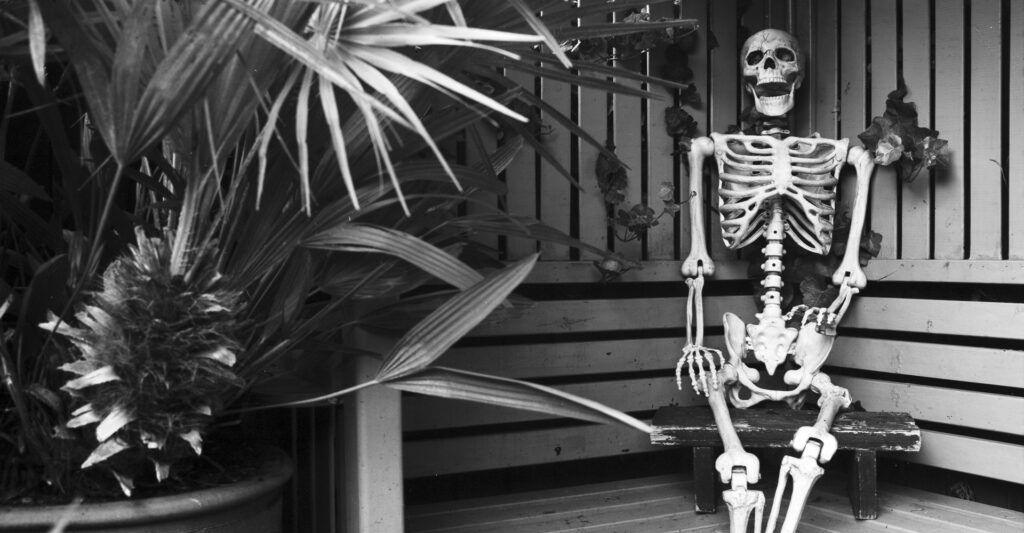
When I have come across 6X9 Super Ikontas (530/2 or 531/2 models) prices are always much more than I am prepared to spend, usually by a multiple of 3 or 4, and often they are not in good condition. Then I noticed an Ebay listing for a Super Ikonta where the model was not mentioned and the description limited to ‘Opens and folds away, sold for parts’ but the photos clearly showed it was a 530/15 in very clean condition. I expected this great rarity to attract the attention of real collectors (not ones like me) but surprisingly after a flurry of low bids early on nothing happened and it was mine for the less than the combined price of a 616 to 120 convertor set and a roll of film. When it arrived it was ‘new’, I am sure that 91 years after the camera was made, 95 since the lens was ground, I was the first person to take a picture with it. It had no signs of use and apart from a slightly stiff focussing mechanism was fully working. There was no abandoned film spool in the starting side and the ‘half-frame’ mask was in position and untouched. Half-frame in this context means pathetically small 6 X 5.5 cm negatives on 120 film, it would have been 7 X 5.5 cm with 616 film.
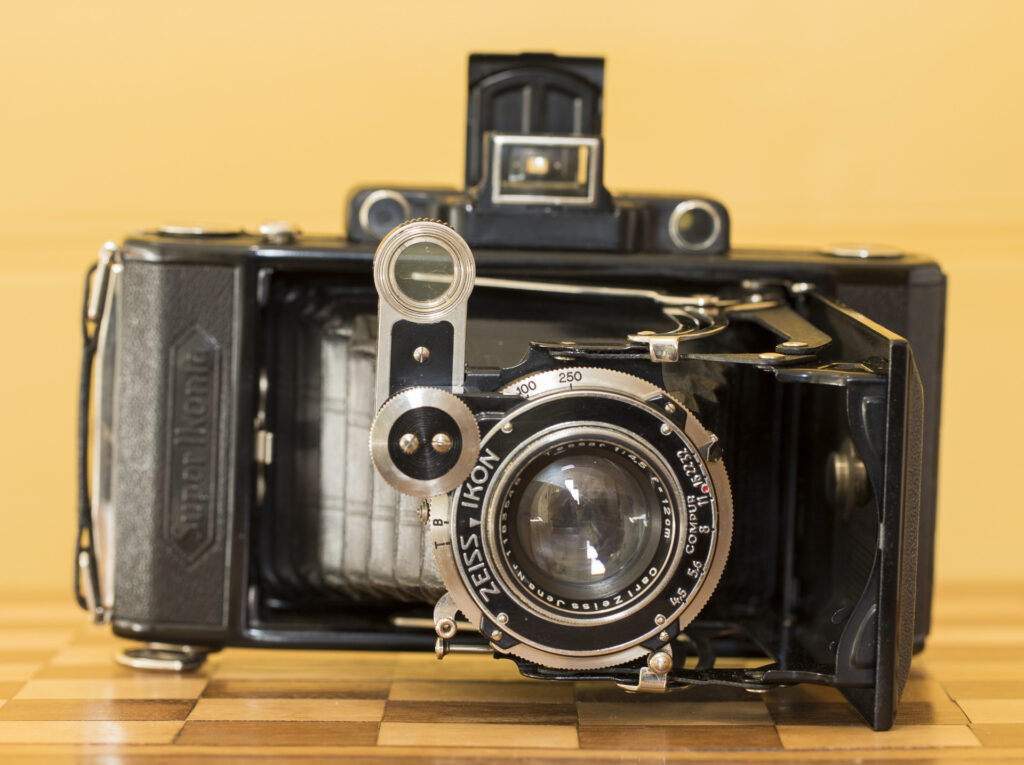
I bought a convertor set to use the camera with 120 film and added small masks top and bottom of the film gate. I am not sure these are really necessary but given the quality of the Zeiss it seemed only fair to do a proper job. The result are negatives with an exposed area that is roughly 5.5 X 10.6cm and that are sharp corner to corner. This with a camera that when folded is only a little bigger than a mobile phone* and fits easily in a coat pocket.
* iPhone 16+ 161 X 78mm
Super Ikonta 530/15 185 X 85mm (folded).
OK so it is about 25% bigger in frontal area and a lot thicker, and if you do put it in a coat pocket it pays to put half a brick (or another large camera) in the opposite side for balance.

The only real issue I have had using it with 120 film is that sometimes the film donor spool will jam, fortunately only after the last frame. I then have to use a changing bag to remove the film and roll up the end of the backing paper. I have not managed to work out why this happens, but the 120 spool is quite tight in the chamber designed for the slimmer 616 spool. It seems entirely independent of film or spool manufacture and of course never occurs when I test with a spoilt film in the camera so I could open the back in the light and see what is going on. I have seen some suggestions that cardboard spacers either end are better than the adaptor pieces on the film loading side, but when I tried it they made the situation worse as the spool could move off centre in the chamber.
As I hoped the build quality is outstanding, whereas the Moscow 4 has a wobbly front when the lens is supposedly locked in place and bellows quality that is just OK, the Super Ikonta is perfectly rigid and the bellows faultless. While my other very large rollfilm camera, the Kodak Autographic 3 produces much the same size negatives with 120 film they are quite terrible compared with those from the Zeiss and it’s 12cm Tessar lens.
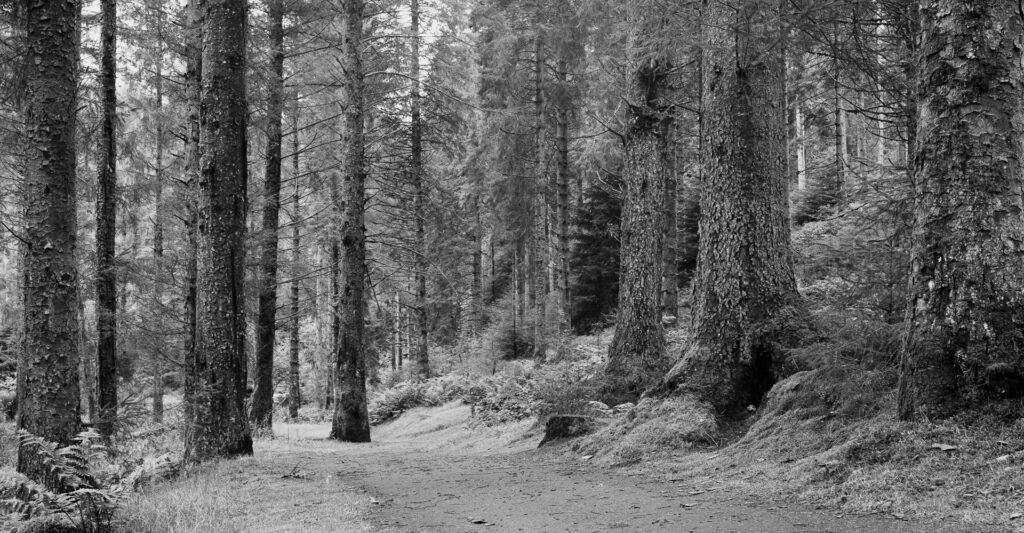

Using the camera needs to be a slow and methodical process, mount on a steady tripod, check focus and framing, decide on then set aperture and shutter. It has the shutter release and remote connection on the shutter, so no body release mechanism to make things difficult. The tripod mount though is similar to the Moscow so I use the same homemade tripod adaptor. When winding on the backing paper numbers do appear in the red window on the back of the camera, unlike say using 120 film in a 118 camera. If you follow some of the recommendations on which of the printed numbers to use only 5 negatives can be fitted on a roll. I did some experiments and found it is straightforward to get 6 images without using the window at all. Having a winding key rather than a knob means full, half and part turns are easy to judge. I used a dud film and noted how much it needed to turn to line up for each frame. I then made a card with the details on which I keep with the camera, as long as I remember to wind the correct number of turns to line up the first frame all has worked out, very disappointing though when I forget.
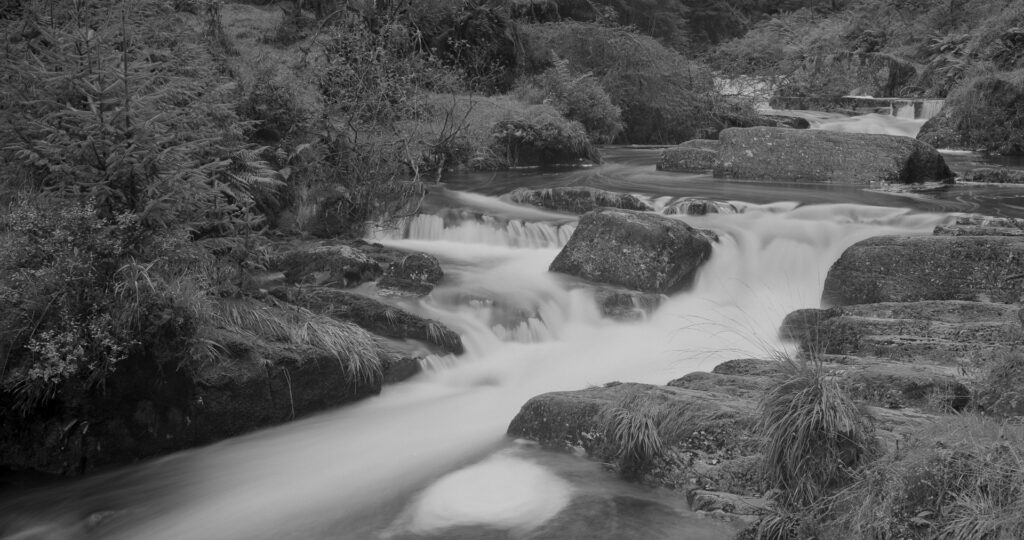
616 cameras seem like buses, you wait for years and then…. Recently an unwanted Ikonta 520/15 with a Novar lens dropped into my postbox, it works well but is not the easiest lump to use as a carry around camera with it’s 12cm lens and a viewfinder that doesn’t quite look in the right direction. And while writing this two more Super Ikonta 530/15s appeared on Ebay both in poor condition and going for quite a lot more than I paid for mine. One strangely for a Super Ikonta was fitted with a Triotar lens and a Klio shutter.
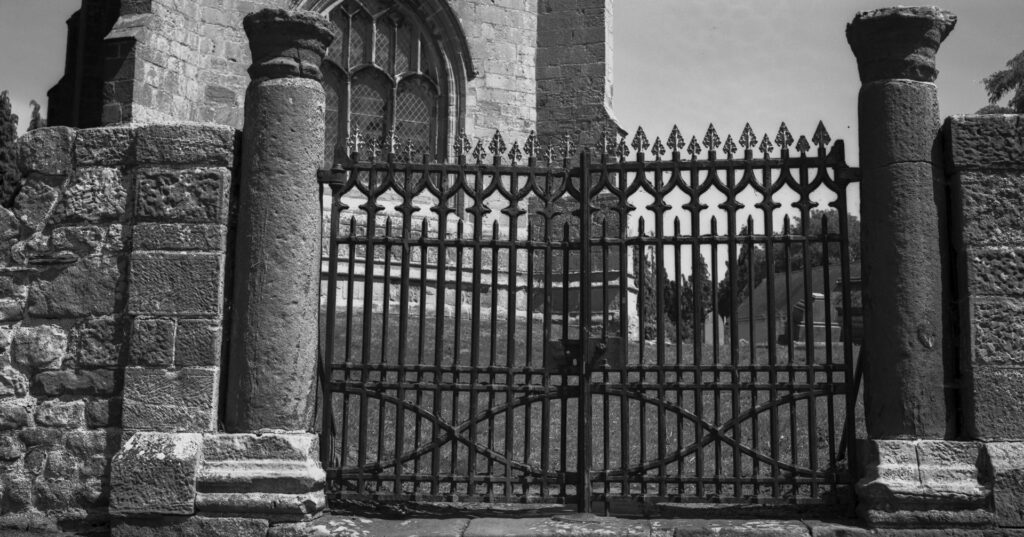
The small village of Wroxeter in Shropshire is entirely within the site of the Roman city of Viriconium. Not surprisingly recycled Roman stonework turns up in various places, such as these two columns repurposed as gateposts in the churchyard. Rollei RPX 25.
Fixed lens cameras are no problem, just walk backwards or forwards to frame the image, so much easier than changing lenses. Unless there is a thick hedge on the other side of the road, I backed as far as I could into the hedge and only just managed to get both columns fully in.
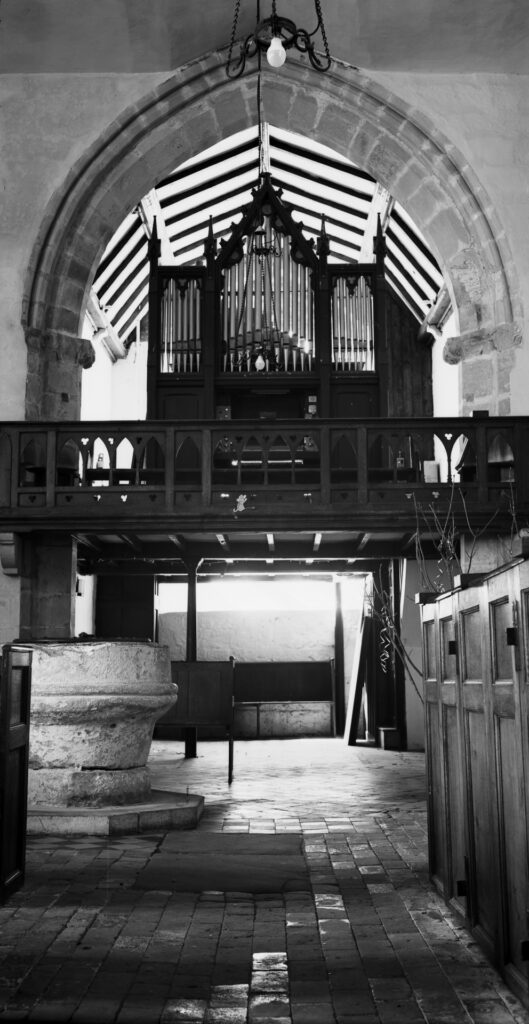
Inside St Andrew’s Church Wroxeter the base of another very large Roman column has been upturned and carved into the font. The size of the column suggests it probably came from the city’s basilica. Rollei RPX 25.
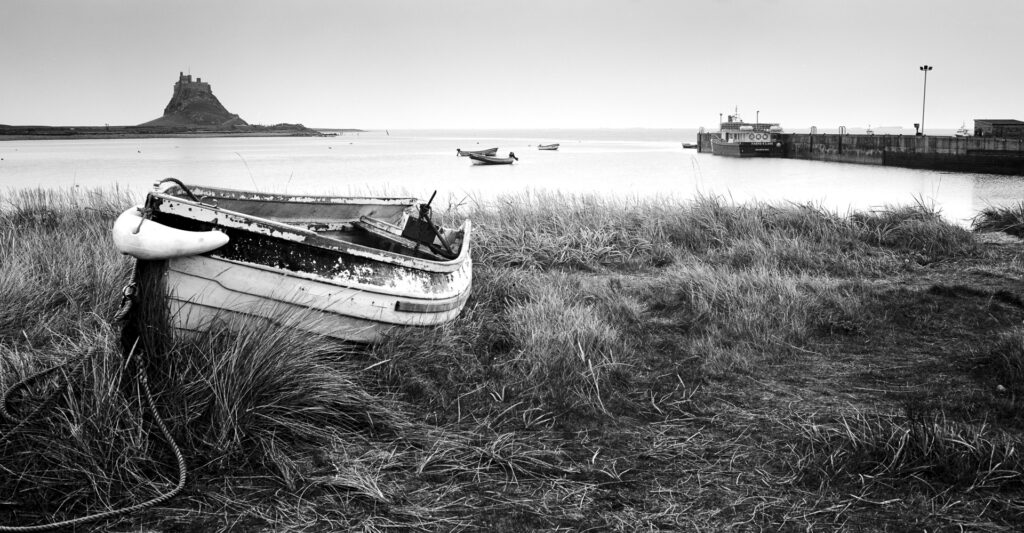
View of Lindisfarne harbour, There is so much detail that on the full scan I can make out seals on the Farne Islands which are visible along the horizon. Pan F.
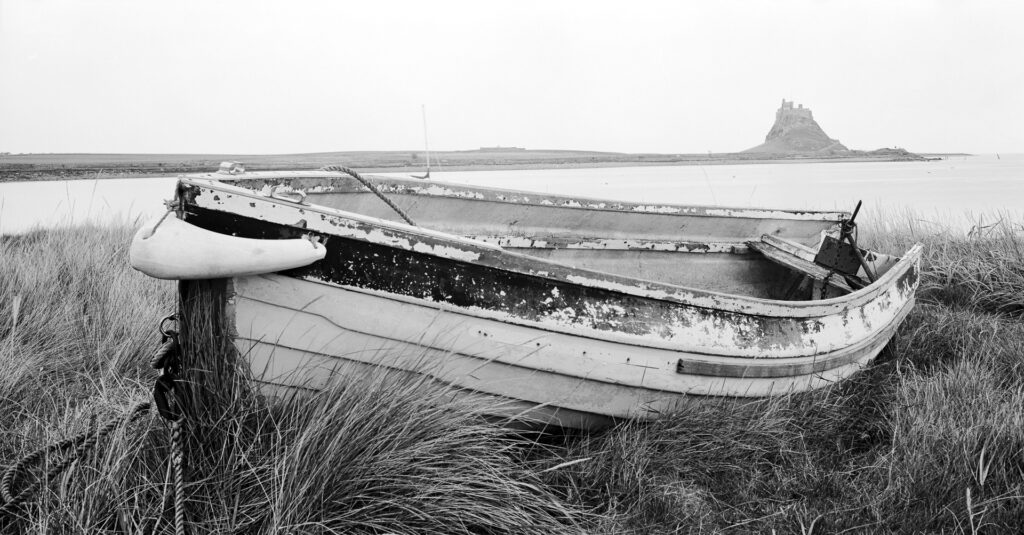
Lindisfarne Castle from the harbour. The weather was even duller than it looks. Pan F.
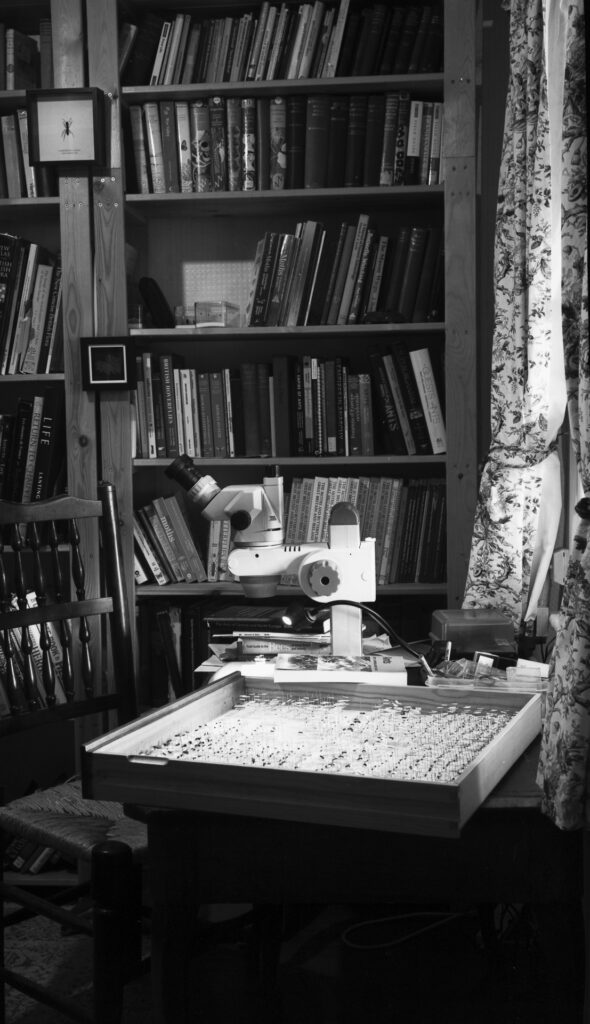
Identifying some ants. I’m sure the bookshelves don’t really lean like that. Rollei RPX25.
Share this post:

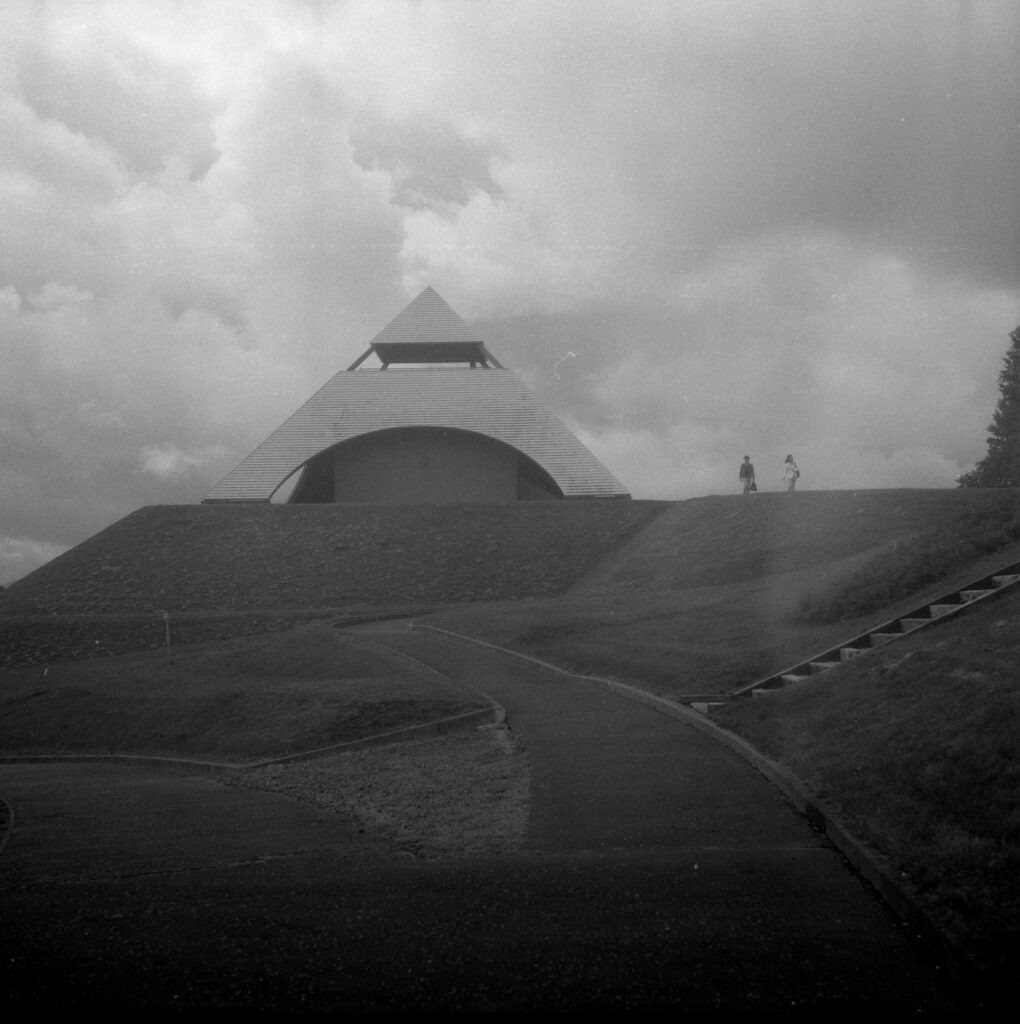

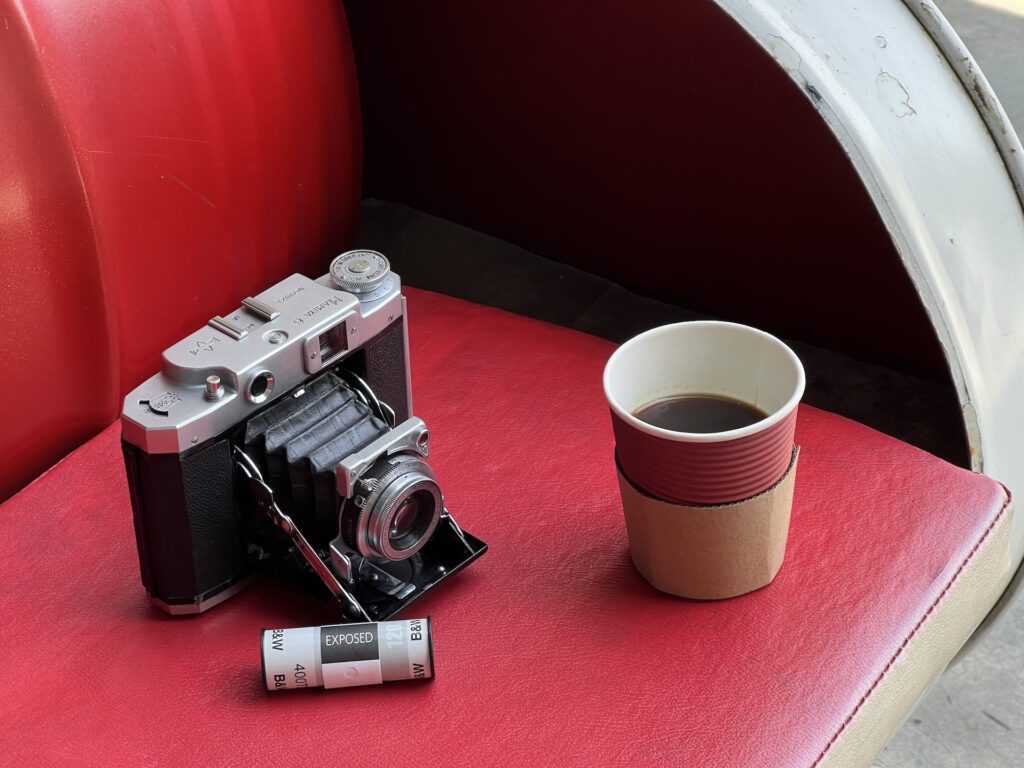

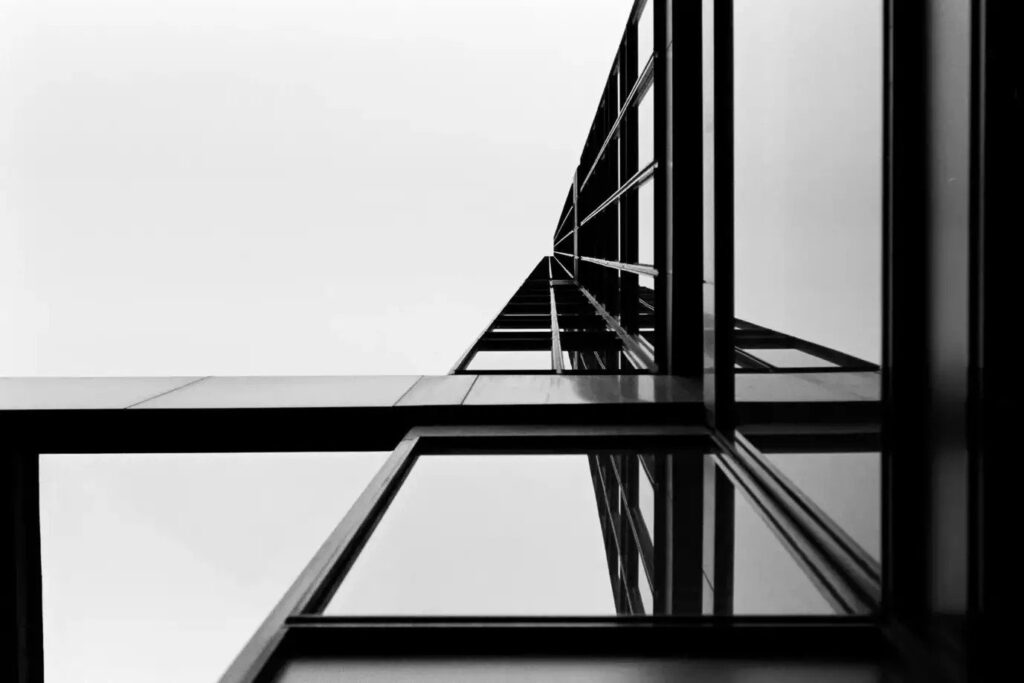


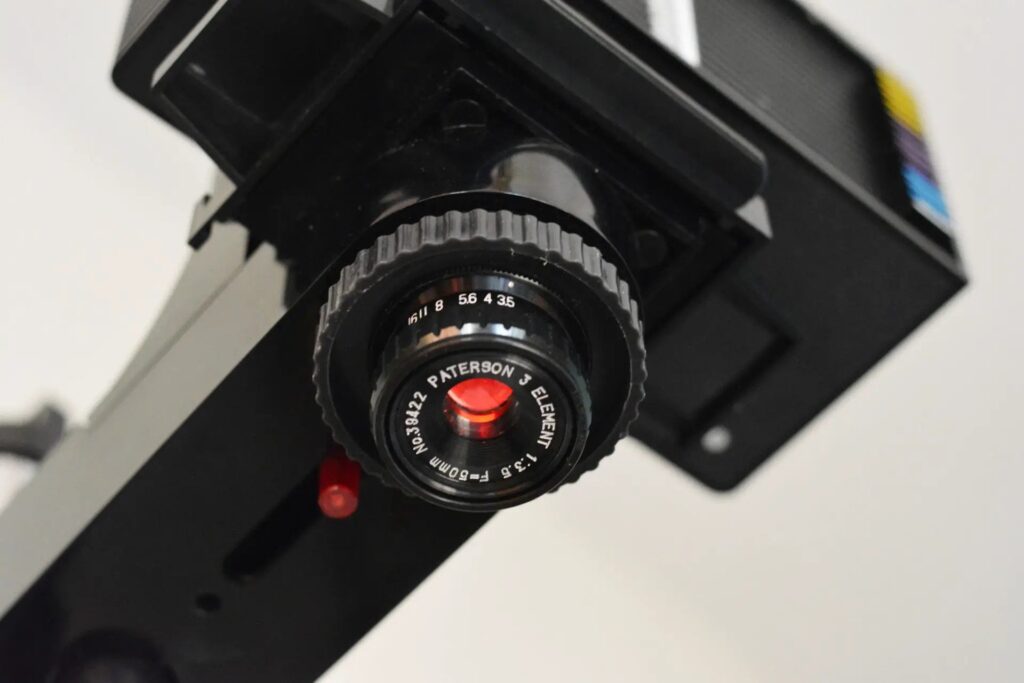
Comments
Bob Janes on The Legendary Zeiss Super Ikonta 530/15
Comment posted: 27/11/2025
John F on The Legendary Zeiss Super Ikonta 530/15
Comment posted: 27/11/2025
I saw you're on the lookout for a 530/2, I'm in France and I happen to have one for sale, with the original case and 6x4,5 mask. If you're interested, I can send you a link to the ad, and we can work something out, depending on your budget. It's got a Compur shutter and 10,5/4,5 Tessar, and works excellently. I have enough cameras and it needs to move onto a new home.
Jeff T. on The Legendary Zeiss Super Ikonta 530/15
Comment posted: 27/11/2025
Gary Smith on The Legendary Zeiss Super Ikonta 530/15
Comment posted: 27/11/2025
Thomas Wolstenholme on The Legendary Zeiss Super Ikonta 530/15
Comment posted: 27/11/2025